Authentic Dulce de Leche Alfajores: A Beloved Argentine Treat
My culinary journey through Argentina continues with great excitement! As I’ve shared in previous posts, like my recipe for Pepitas (Butter cookies with quince jelly topping), my time living in Buenos Aires since April 2010 has ignited a deep passion for Argentine cuisine. Having relocated halfway across the globe from Singapore to South America, my experiences here for the past two and a half years have profoundly influenced my cooking, constantly inspiring me to explore and share the incredible flavors of this vibrant country. From savory mains to delightful pastries, I’m committed to featuring more of what Argentina has to offer. For those curious about my journey and why I made such a significant move, you can find the full story in my About Me section.
My exploration of Argentine desserts began some time ago with the delightful Chocotorta, a cake famous for its tempting layers of chocolate biscuits and creamy dulce de leche. More recently, I dedicated an entire post to Argentina’s national sweet obsession: Dulce de Leche. Its pervasive influence on Argentine desserts, snacks, and virtually anything sweet is undeniable, and I’ve been eager to incorporate this caramel delight into more of my featured recipes. Today, I’m absolutely thrilled to share a recipe that truly embodies the spirit of Argentine sweetness and is a favorite across the country: homemade Dulce de Leche Alfajores.
The Sweet Escape: Baking Alfajores for the First Time
Just last night, after a particularly demanding hour spent deciphering intricate financial statements, my mind yearned for a much-needed mental break. The world of balance sheets and income statements felt a million miles away from the comfort I sought. So, I did what any avid baker would do when the need for a creative outlet strikes: I got up and headed straight to the kitchen. It was time for a therapeutic session with familiar, comforting ingredients – flour, butter, sugar, and, most crucially, a generous jar of rich dulce de leche. My mission for the evening? To embark on making dulce de leche alfajores, a quintessential Argentine snack, for the very first time in my life. The anticipation of creating these beloved treats filled me with an energy that financial reports simply couldn’t inspire.
What Exactly Are Alfajores? Understanding Argentina’s Iconic Cookie Sandwich
Alfajores are much more than just cookies; they are a culinary institution across Latin America, though particularly beloved and varied in Argentina. The origins of alfajores can be traced back to the Arab world, brought to Spain during the Moorish conquest, and then carried to the Americas by Spanish colonizers. Over centuries, each region adapted them, and in Argentina, they evolved into the distinct and adored treat we know today. Generally, these delightful creations are characterized by their round shape, consisting of two delicate, often shortbread-like cookies that sandwich a luscious sweet filling. While many variations exist, the quintessential Argentine alfajor proudly features a generous dollop of rich, creamy dulce de leche as its heart. After assembly, these sweet sandwiches are frequently coated in a fine dusting of icing sugar, dipped in decadent chocolate, or, as is very common and visually appealing, adorned with shredded coconut pressed onto their sides where the dulce de leche peeks out.
One popular type, often recognized by its coconut coating, is famously known as “Alfajores de Maicena.” This name literally translates to “cornstarch alfajores,” indicating that cornstarch is a key ingredient in their dough. The inclusion of cornstarch gives these specific cookies a distinctively soft, crumbly, and wonderfully tender texture that practically dissolves in your mouth with every bite. This delicate quality is what sets them apart and makes them so uniquely enjoyable. While my personal recipe offers a simpler approach and does not incorporate cornstarch, it still yields a fantastic, tender cookie that perfectly captures the essence of these traditional treats, especially when finished with the classic shredded coconut coating. The true beauty of alfajores lies in their apparent simplicity and the exquisite balance of textures and flavors they offer – a truly satisfying experience for any sweet tooth.
My inaugural attempt at crafting these traditional Argentine delights turned out to be an absolute triumph! They were a HUGE SUCCESS, surpassing all my expectations for a first try at such a classic and cherished snack. The process itself, from mixing the dough to the careful assembly, was incredibly rewarding. The aroma alone filled my kitchen with a comforting sweetness, and the taste was pure bliss – buttery cookies giving way to rich dulce de leche, all complemented by the subtle crunch of coconut. It felt incredibly satisfying to recreate a taste of Buenos Aires right in my home. Now, I’m excited to share my simplified recipe with you, so you too can experience the joy of making and tasting these wonderful Dulce de Leche Alfajores.
Homemade Dulce de Leche Alfajores Recipe (Yields approximately 50 alfajores)
This recipe is designed to be straightforward, allowing you to create a batch of these irresistible Argentine cookies without unnecessary fuss. Get ready to delight your senses!
Ingredients:
- 200g (approximately 7 oz or 1 cup) unsalted butter
- 300g (approximately 2 ½ cups) self-raising flour
- 80g (approximately ⅓ cup + 1 tbsp) white granulated sugar
- 300g (approximately 1 cup) high-quality dulce de leche, for filling
- 50g (approximately ½ cup) shredded coconut, for coating
Instructions:
- Begin by gently melting the butter. You can do this in a small saucepan over low heat, ensuring it melts evenly without browning, or carefully in a microwave-safe bowl. The goal is a completely liquid butter.
- Once the butter is melted, add the white granulated sugar to it. Stir continuously until the sugar crystals are completely dissolved into the warm butter, creating a smooth, sweet mixture.
- Pour the butter-sugar mixture into a large mixing bowl. Gradually add the self-raising flour, mixing thoroughly with a spoon or your hands until a soft, homogenous dough forms. The dough should come together easily and be pliable.
- Transfer the dough to a cool, clean, and lightly floured flat surface, such as a countertop or a large cutting board. Gently knead the dough for a few minutes until it is smooth and uniform. Then, using a rolling pin, flatten the dough evenly to a thickness of approximately 0.7 cm (about ¼ inch). Aim for consistent thickness to ensure even baking.
- Using a round cookie cutter (a standard size of approximately 4-5 cm or 1.5-2 inches in diameter works well), cut out individual round cookie pieces from the flattened dough. Carefully gather any dough scraps, gently re-knead them, and re-roll to cut out more cookies until all the dough is used.
- Carefully arrange the cookie dough pieces on a baking tray that has been lightly greased or lined with parchment paper. Ensure there’s a small space between each cookie to allow for slight expansion during baking and to prevent them from sticking together.
- Preheat your oven to 200°C (400°F). Bake the cookies for 8 to 10 minutes, or until their edges turn a delicate, light golden brown. It’s crucial not to overbake; they should remain pale in the center and feel firm when gently touched.
- Once baked, remove the cookies from the oven and carefully transfer them to a wire rack. Allow them to cool completely. This step is essential, as warm cookies are very fragile and can break easily during assembly.
- Once the cookies are thoroughly cooled, it’s time for assembly! Take one cookie and generously spread a spoonful of high-quality dulce de leche on its flat side. Don’t be shy – the filling is key!
- Gently place another cooled cookie on top of the dulce de leche, pressing down lightly to form a sandwich. The dulce de leche should slightly peek out from the sides, creating a perfect base for the coconut coating.
- To finish these delightful treats, roll the sides of each alfajor (the parts where the dulce de leche is exposed) in shredded coconut, ensuring a beautiful, even, and tasty coating. Repeat for all alfajores.
Visual Guide to Crafting Your Alfajores: Step-by-Step Photos
Witnessing the transformation of simple ingredients into these delectable treats is part of the magic of baking. Here’s a step-by-step visual journey through the process, guiding you from raw ingredients to the finished, irresistible alfajores:
Butter: The Foundation of Flavor and Texture

Melted Butter: Ready for Mixing with Sweetness
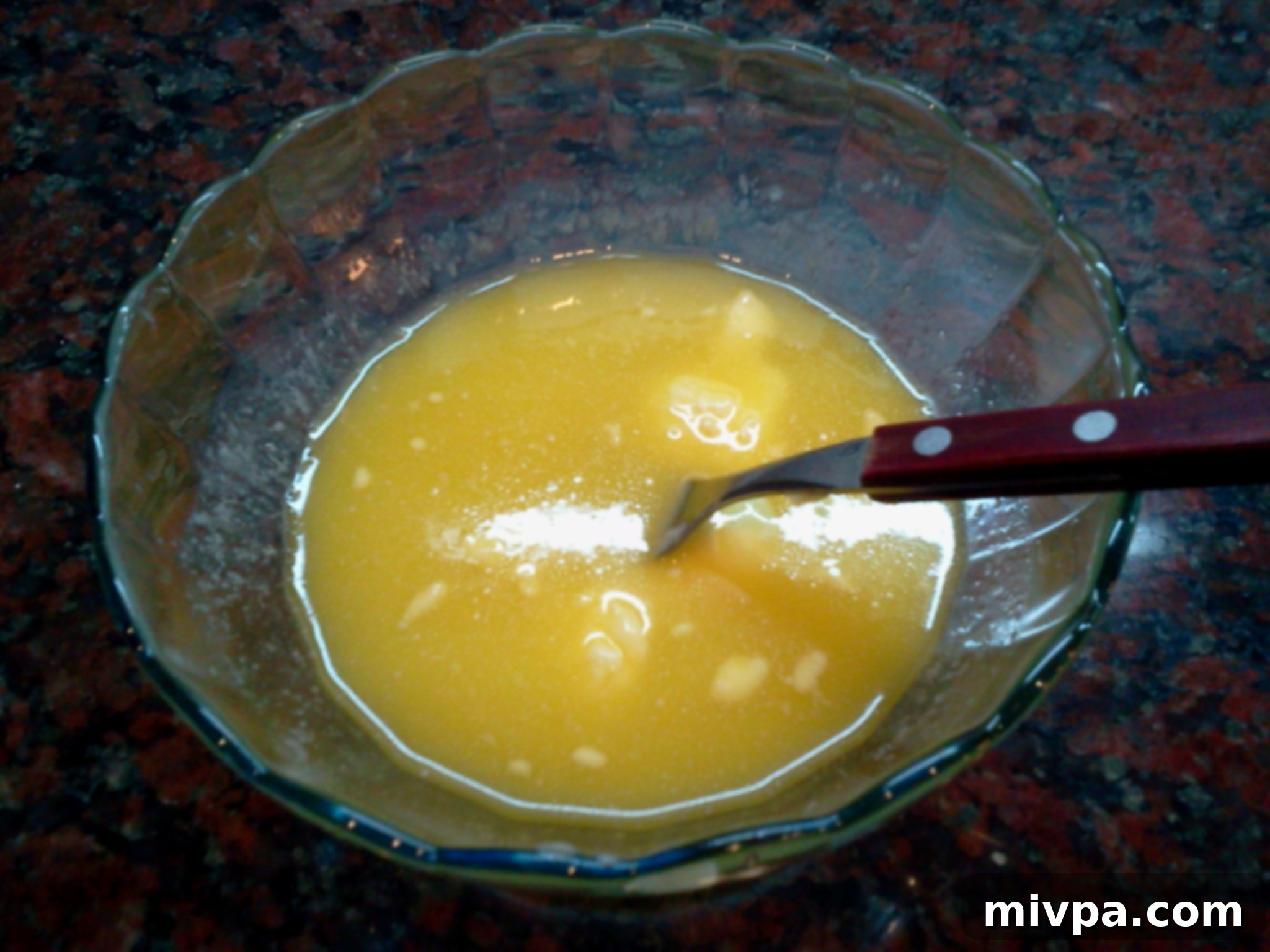
Sweet Beginnings: Sugar Dissolving in Melted Butter
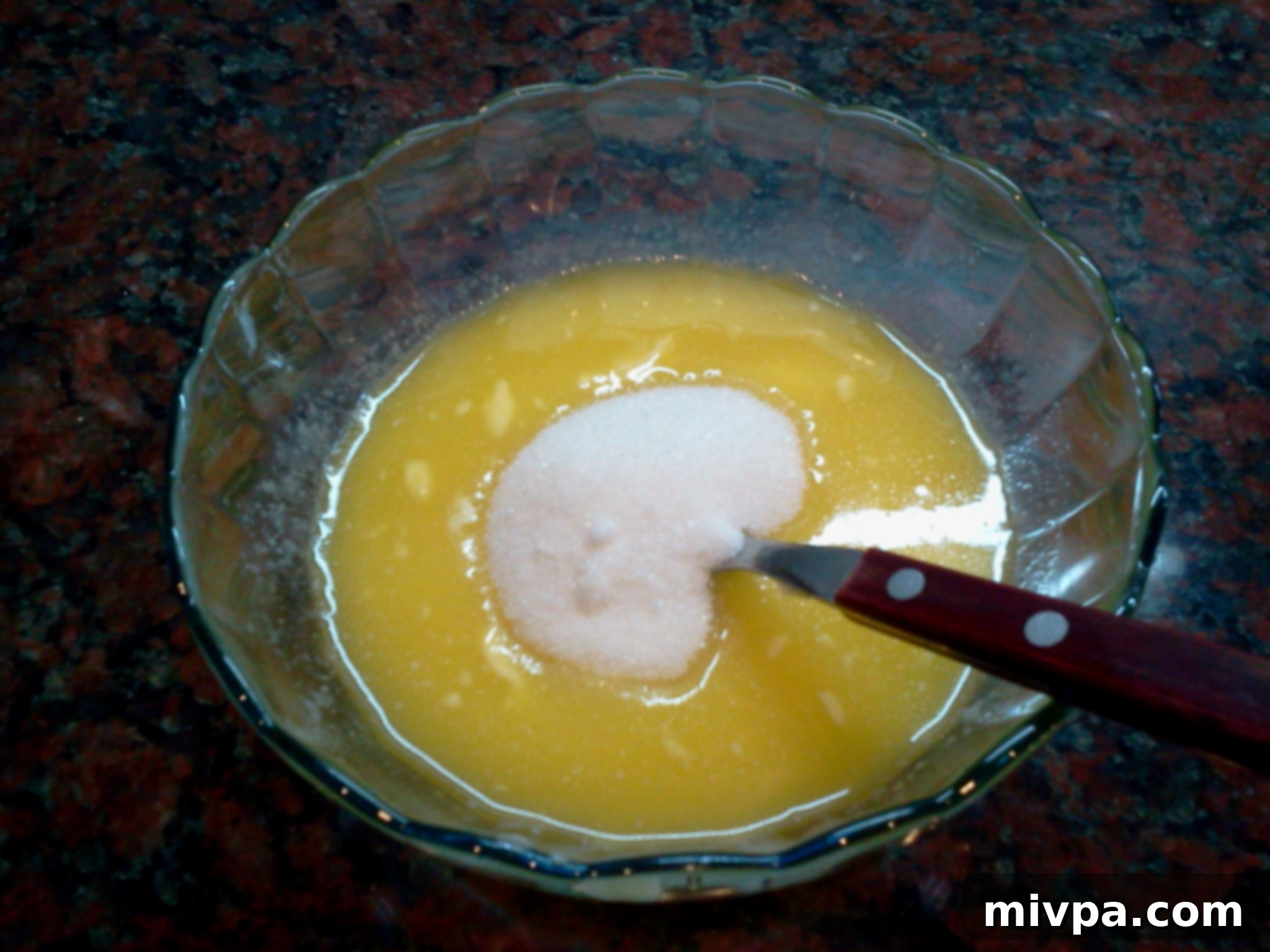
Combining the Elements: Butter-Sugar Mixture and Flour
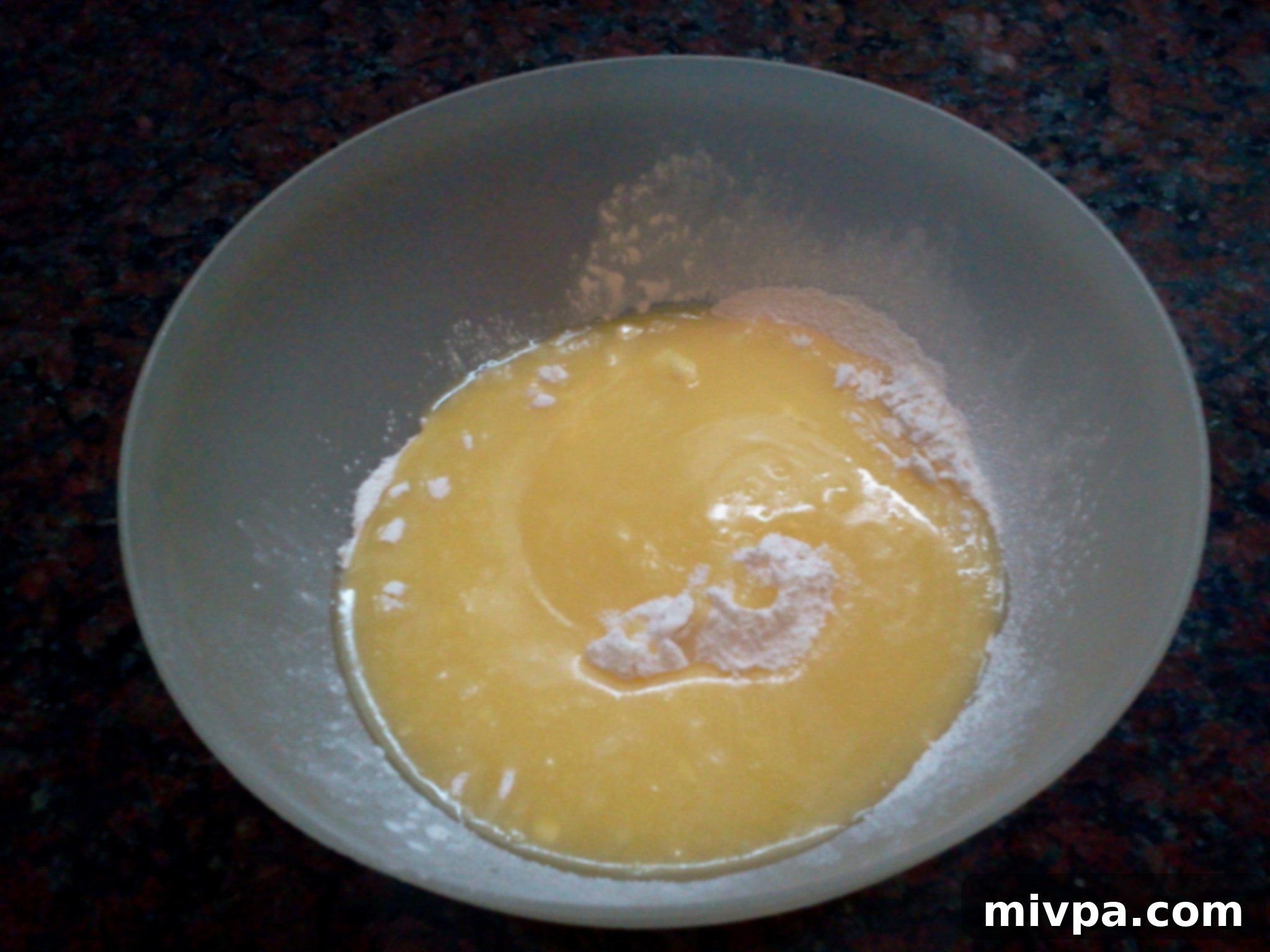
Homogenous Dough: The Perfect Consistency for Baking

Preparing the Dough: Spreading on a Cool Surface
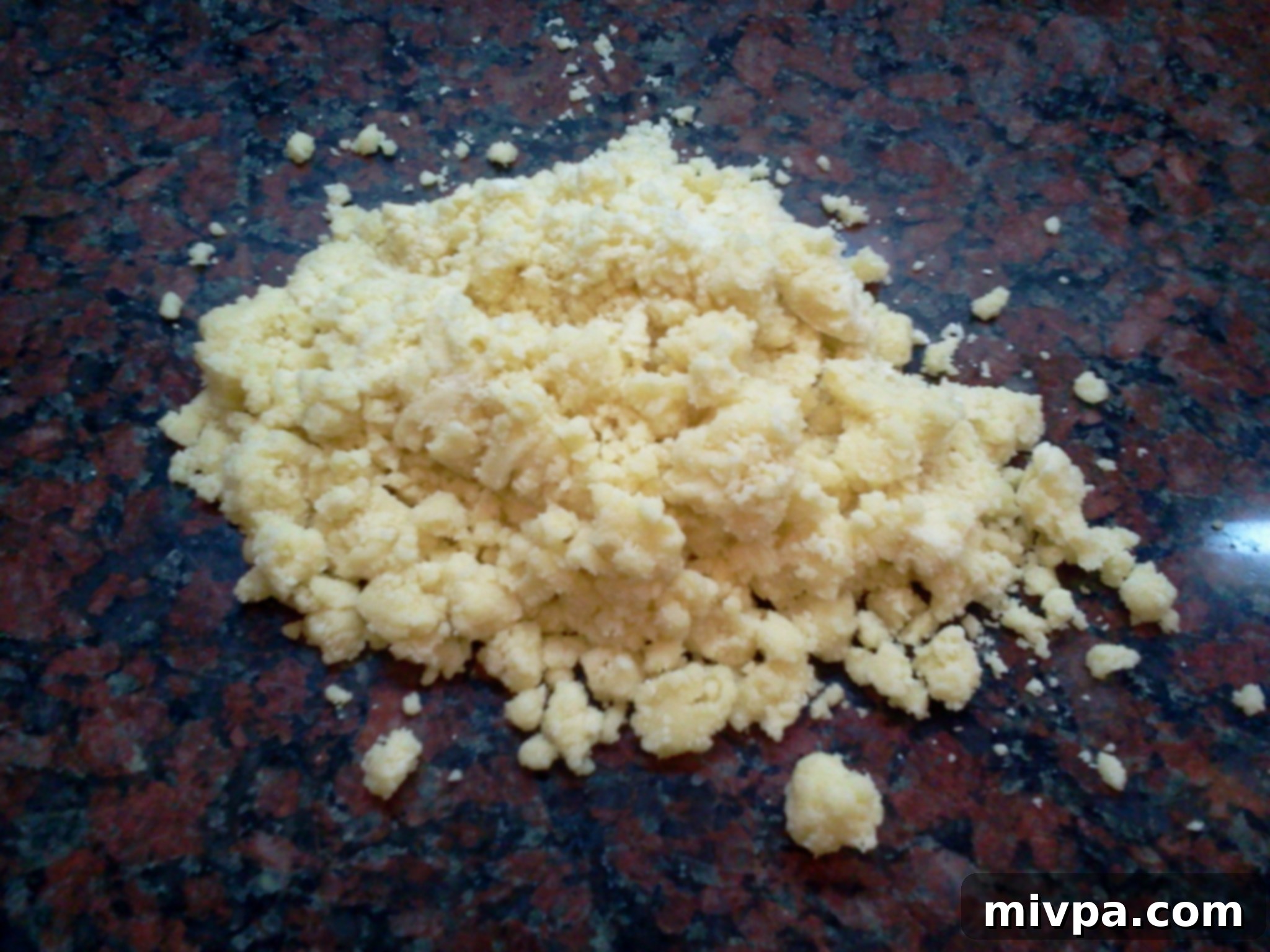
Rolling It Out: Achieving the Right Thickness for Delicate Cookies
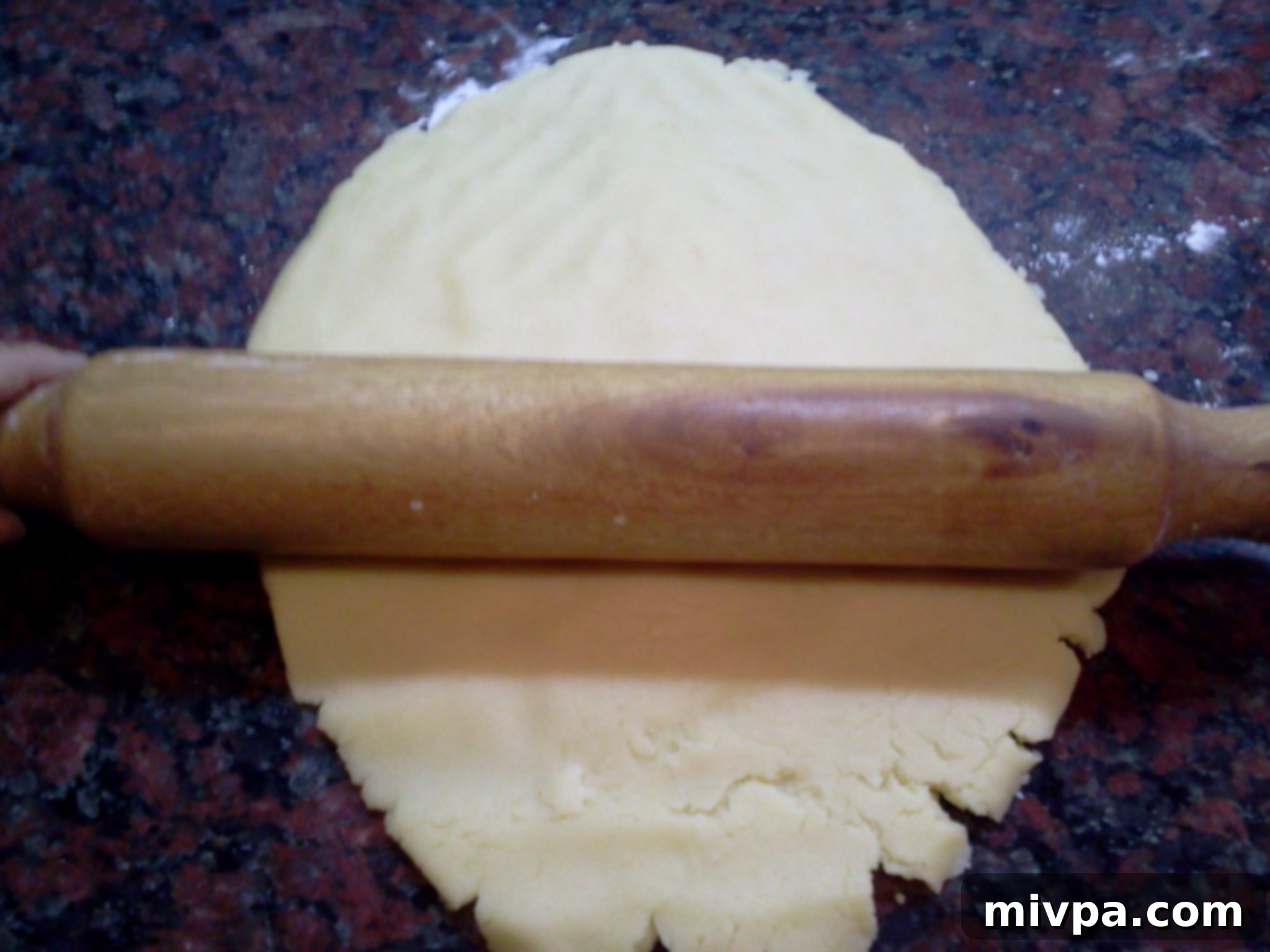
Cutting Out the Rounds: Perfect Cookie Shapes Emerge
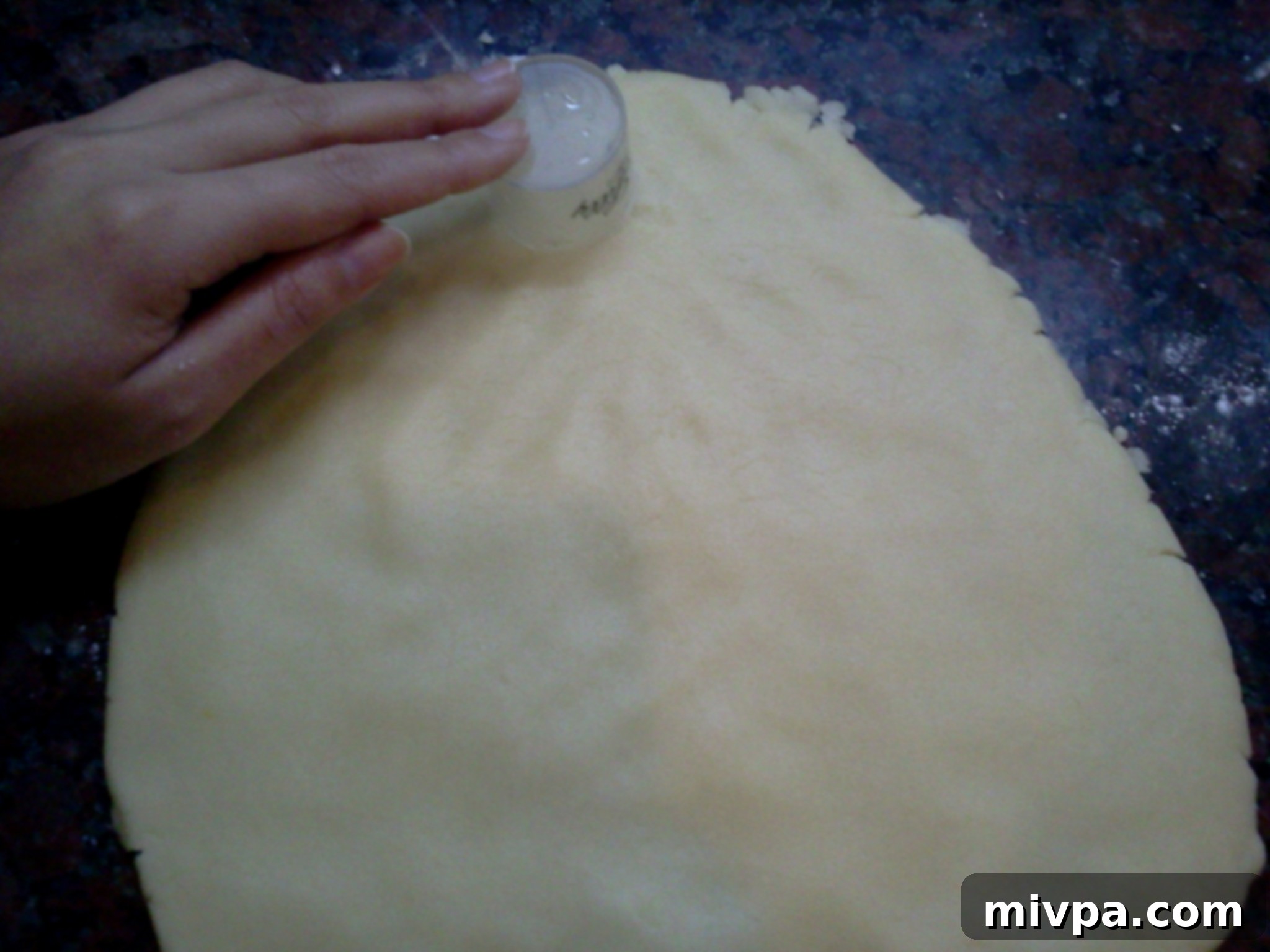
Ready for the Oven: Cookies on a Baking Tray
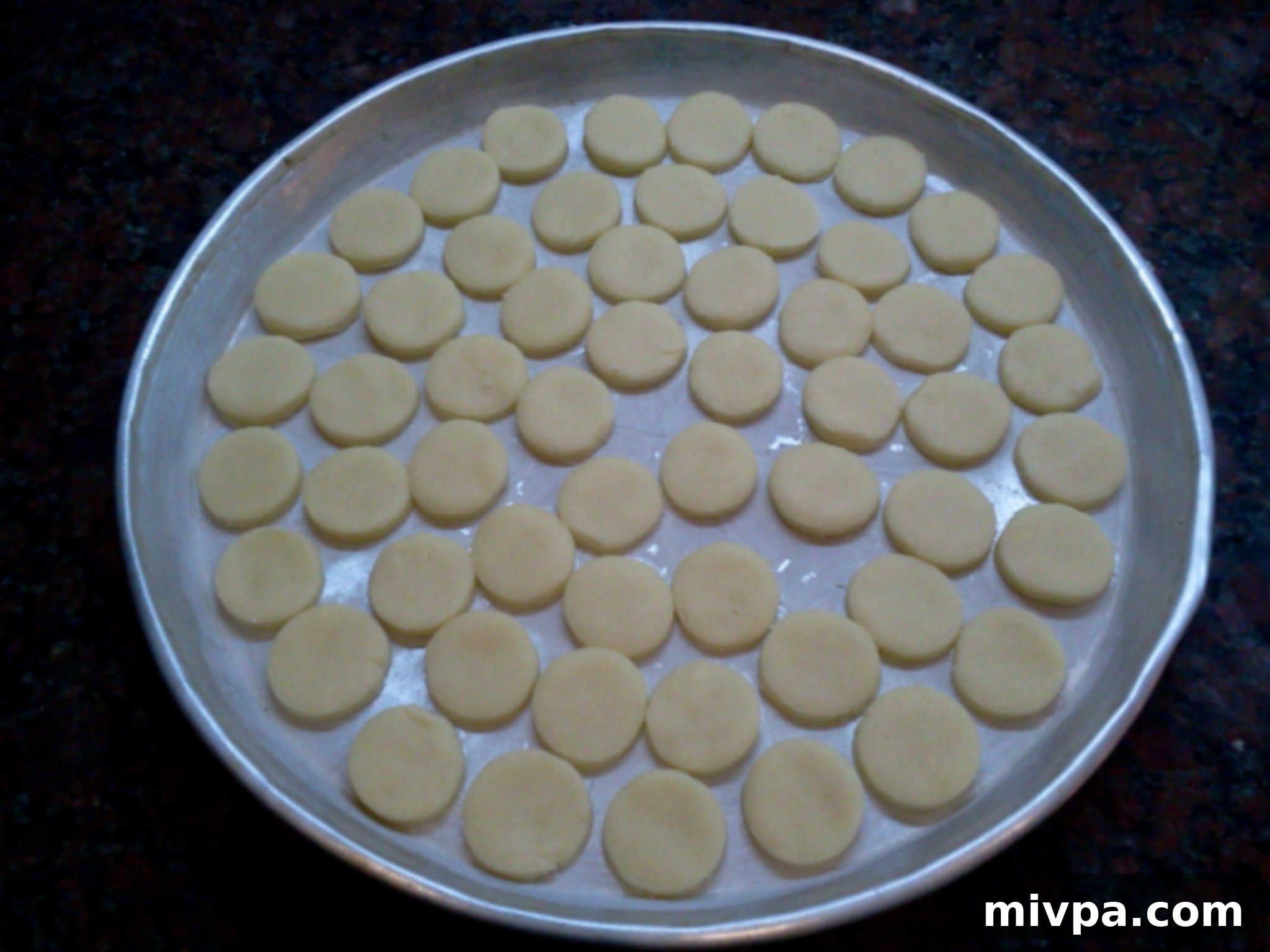
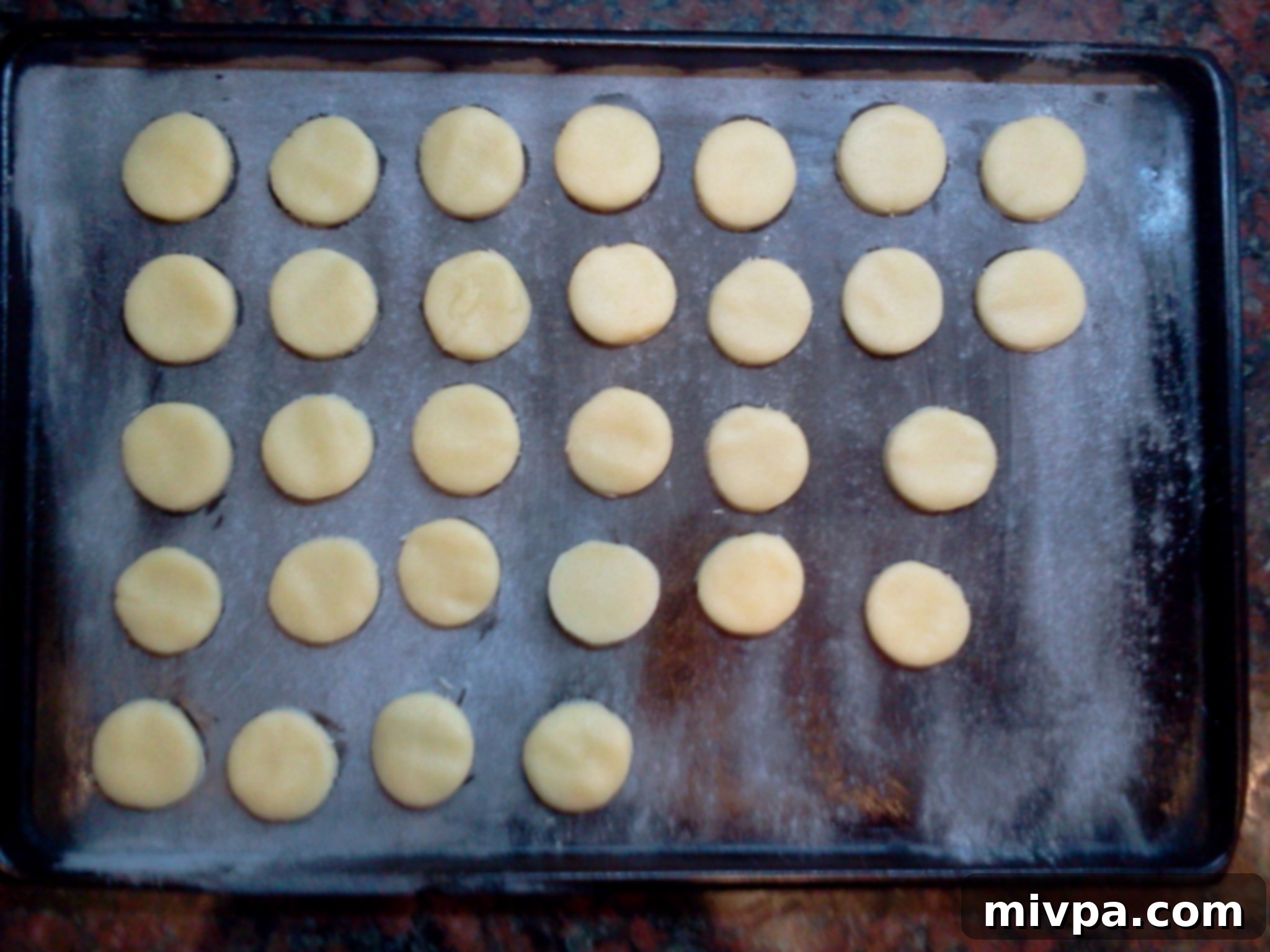
Golden Perfection: Freshly Baked Cookies Await Filling
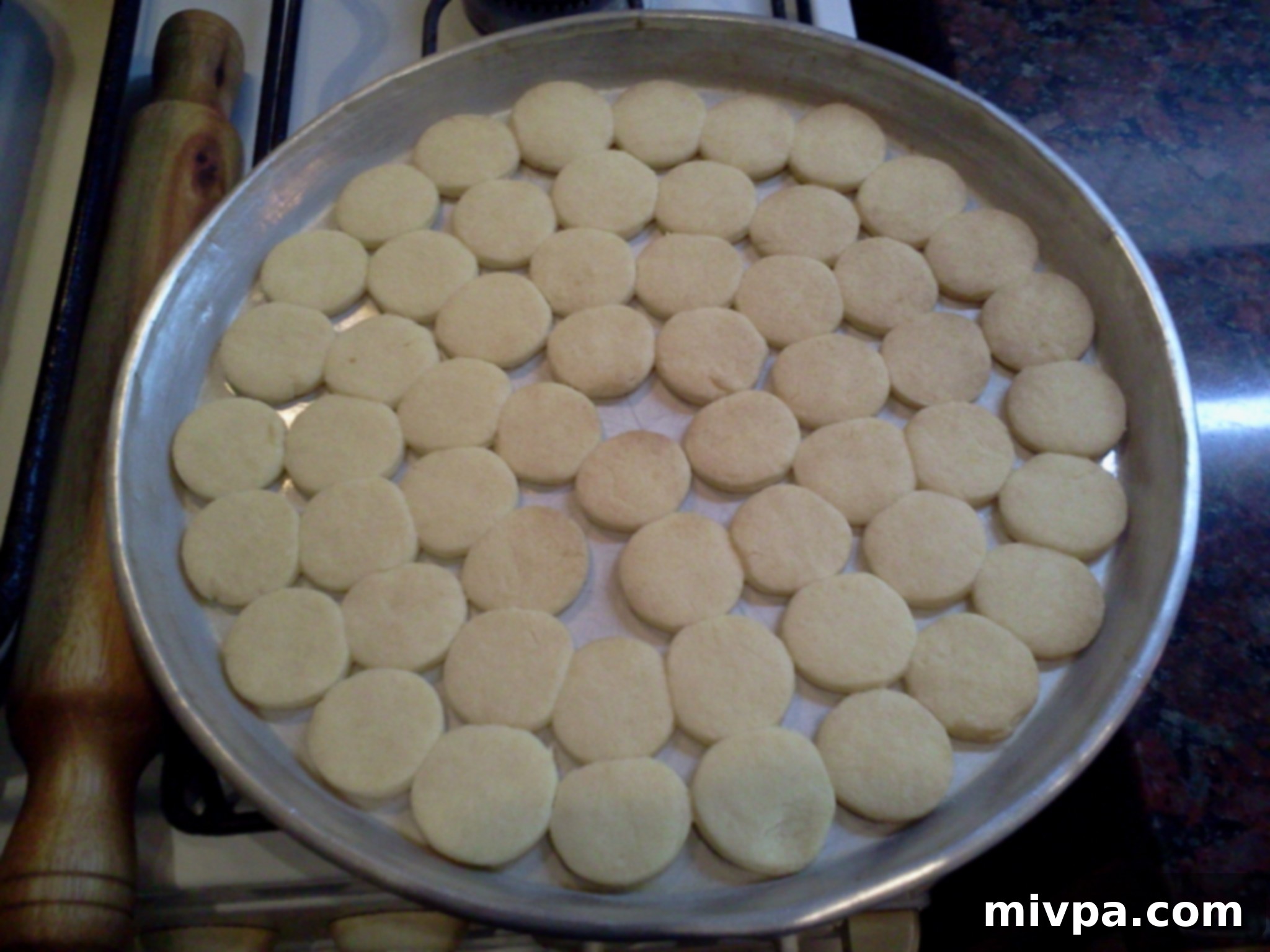
The Star Ingredient: Dulce de Leche, Rich and Creamy
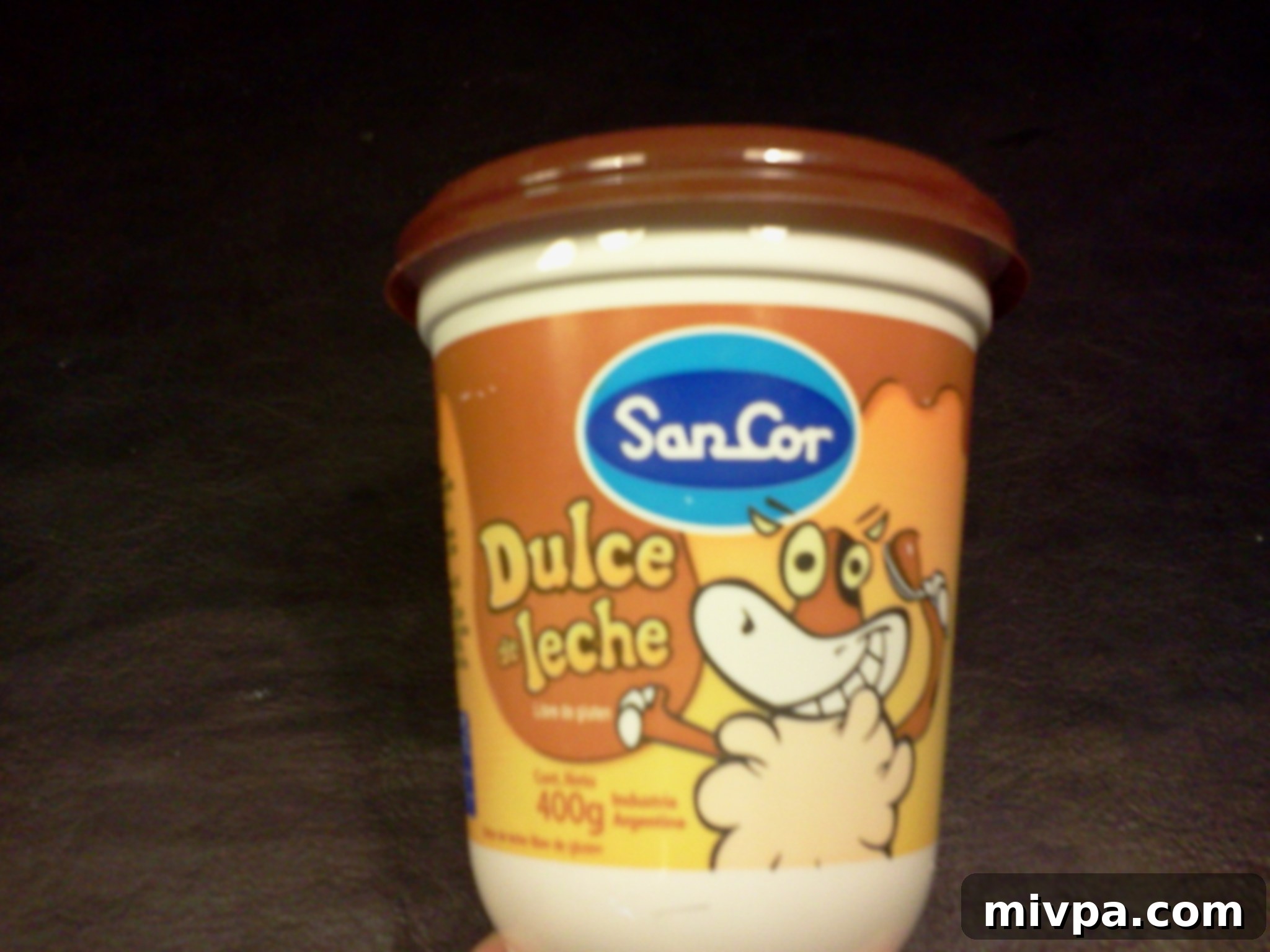
Generous Filling: Spreading Dulce de Leche onto a Cookie
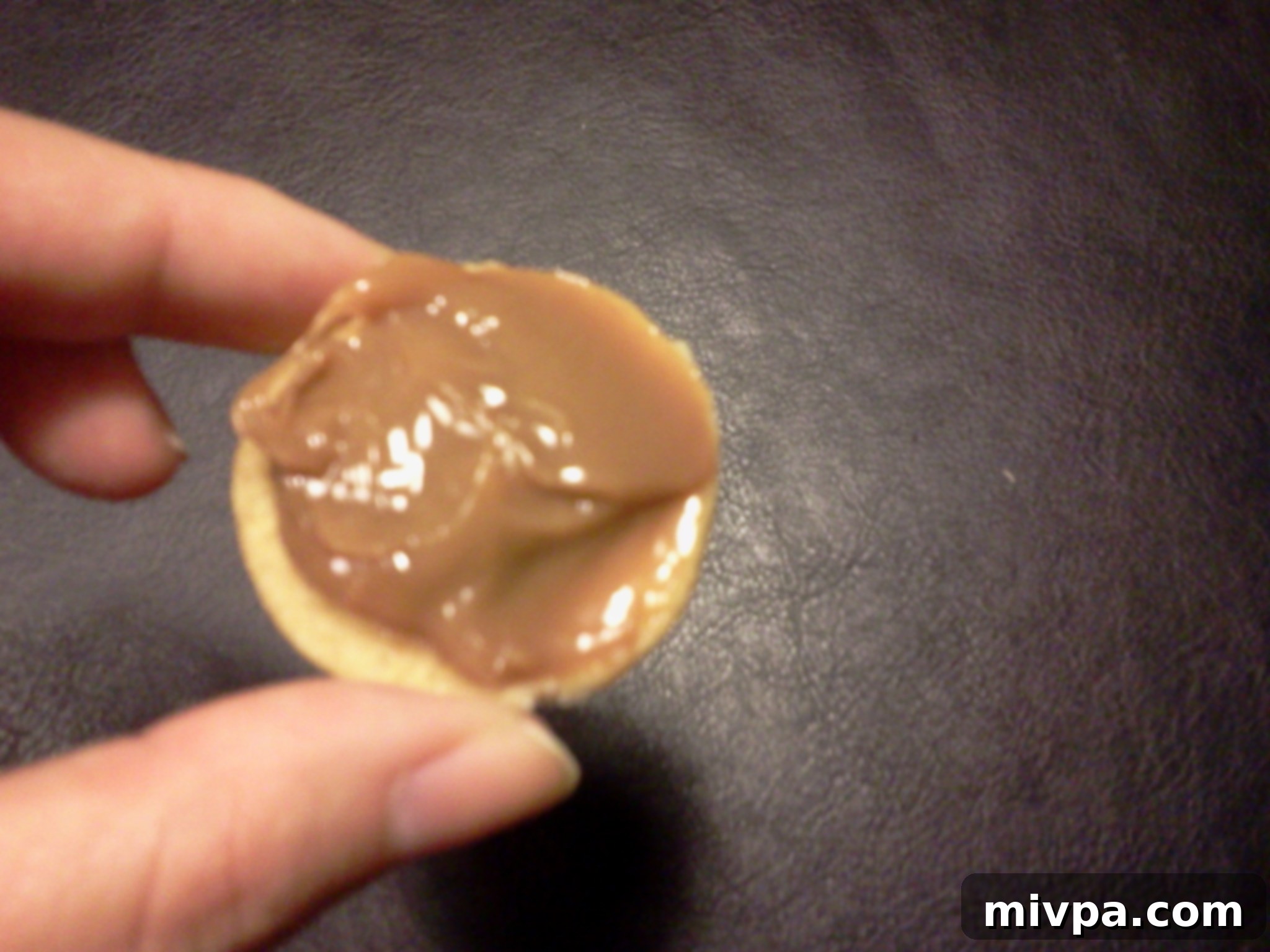
The Final Touch: Assembling and Coating with Shredded Coconut
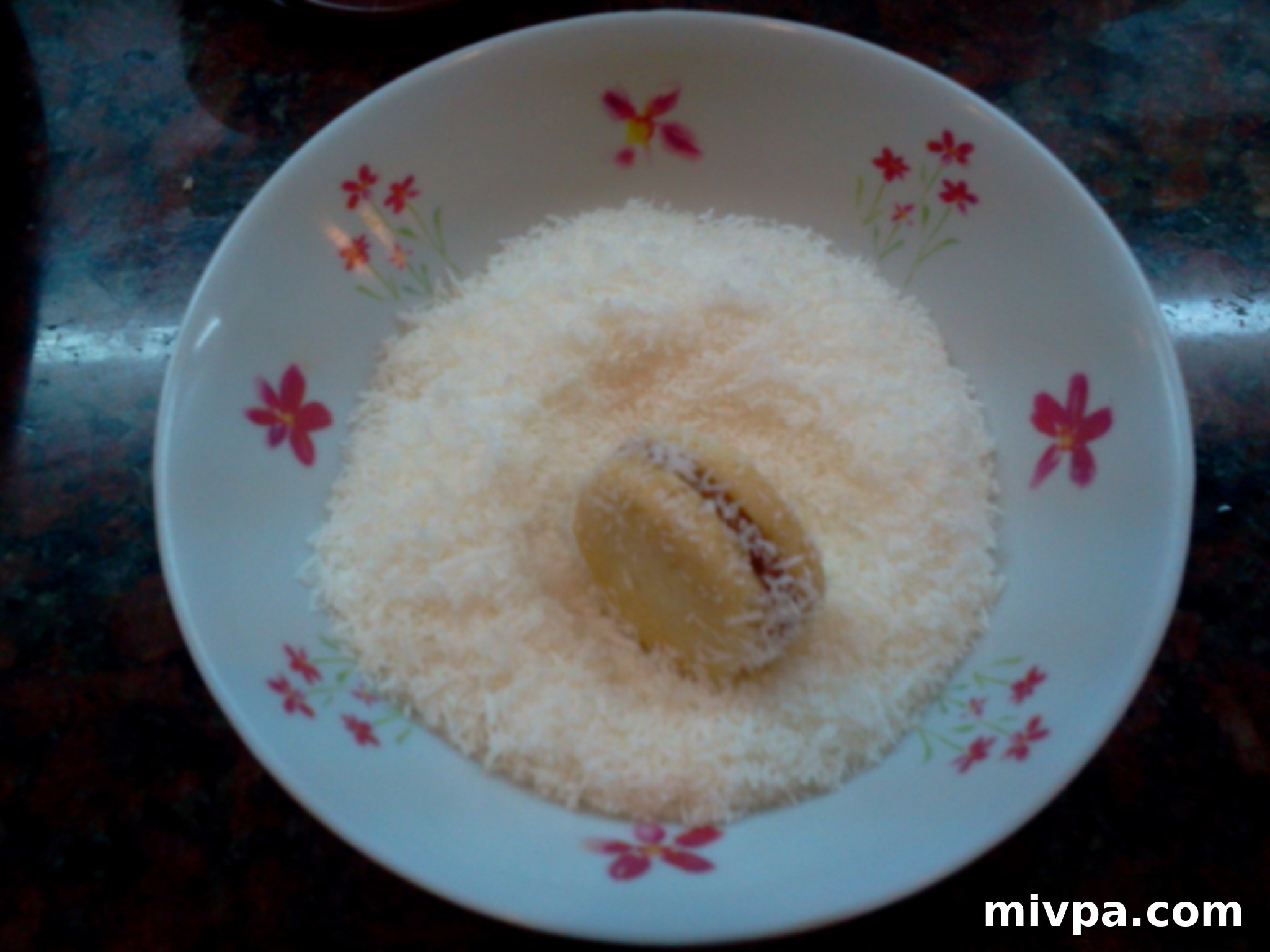
Enjoy Your Homemade Dulce de Leche Alfajores!
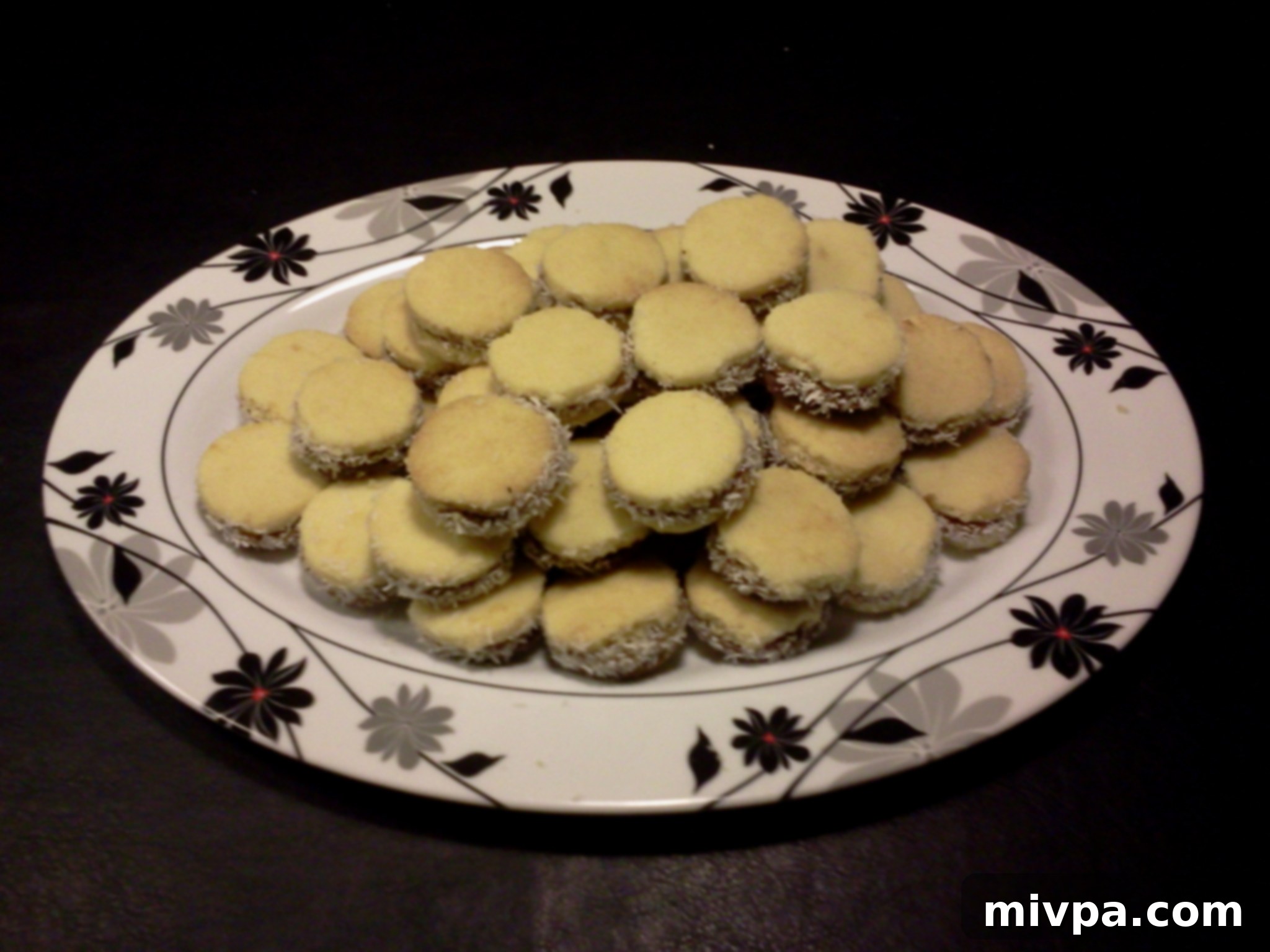
A Closer Look at These Traditional Argentine Delights!
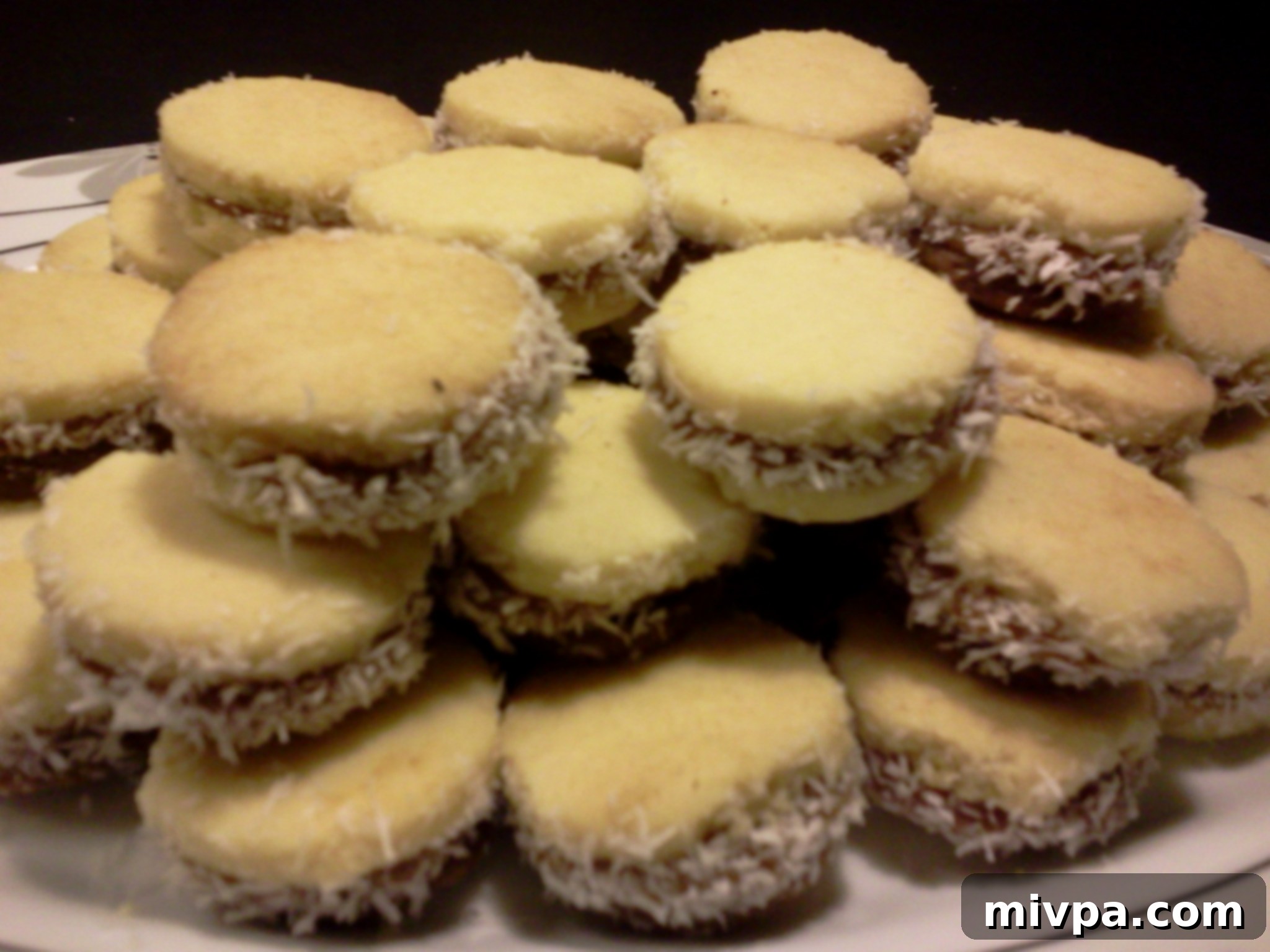
Tips for Perfect Alfajores and Creative Variations
Crafting the perfect alfajor is a truly rewarding experience, and a few simple tips can help elevate your results, ensuring each bite is as delicious as the last:
- Don’t Overbake: This is perhaps the most crucial tip for tender alfajores. The cookies should remain pale, with only a slight golden tint at the very edges. Overbaking will make them hard and dry instead of wonderfully tender and melt-in-your-mouth.
- Quality Dulce de Leche: The star of the show truly shines when you use a high-quality dulce de leche. Its rich, creamy, caramel flavor is what makes these alfajores so irresistible and authentic. If possible, opt for an imported Argentine brand.
- Cool Completely: Always allow the baked cookies to cool entirely on a wire rack before attempting to fill and assemble them. This prevents breakage and ensures that the dulce de leche doesn’t melt and run, keeping your alfajores neat and structured.
- Storage: Store your finished alfajores in an airtight container at room temperature. They are best enjoyed within a week, and many find they taste even better the next day as the dulce de leche has a chance to soften the cookies slightly, enhancing their delicate texture.
Creative Variations to Explore:
While the classic dulce de leche and coconut combination is a timeless favorite, don’t hesitate to experiment with these delightful variations:
- Chocolate Coated: For a more decadent and luxurious treat, melt some good quality milk or dark chocolate. Dip the assembled alfajores completely or partially into the melted chocolate, then let them set on parchment paper until firm.
- Different Fillings: While dulce de leche is undoubtedly classic, your alfajores can be a canvas for other sweet fillings! Consider using Nutella, a rich chocolate ganache, or even a tangy fruit preserve (like quince jelly, which would be a delightful nod to my Pepitas recipe!).
- Alternative Coatings: Instead of shredded coconut, you can roll the sides of the alfajores in finely chopped nuts (such as pecans, almonds, or walnuts) for a different texture and flavor profile, or even colorful sprinkles for a festive and fun touch, especially for parties.
Embracing the Sweetness of Argentina, One Alfajor at a Time
Making Dulce de Leche Alfajores is more than just following a recipe; it’s an invitation to experience a cherished piece of Argentine culture, right in your own kitchen. These delightful cookies represent the warmth, tradition, and incredible flavor that characterize South American baking. Each bite offers a taste of Buenos Aires, a moment of sweet escape that transports you to its vibrant streets and bustling cafes. Whether you’re an experienced baker or trying your hand at something new, this recipe is designed to be accessible and enjoyable, promising a delightful reward that’s perfect for sharing with loved ones, enjoying with a cup of coffee, or simply savoring as a personal treat.
I hope you’ve enjoyed this culinary excursion into the heart of Argentine sweets and feel inspired to bring these wonderful flavors into your home. I encourage you to try this recipe and share the joy of these incredible alfajores with your friends and family. There’s truly nothing quite like the taste of homemade, dulce de leche-filled goodness. Stay tuned for more delicious explorations into Argentine cuisine!
